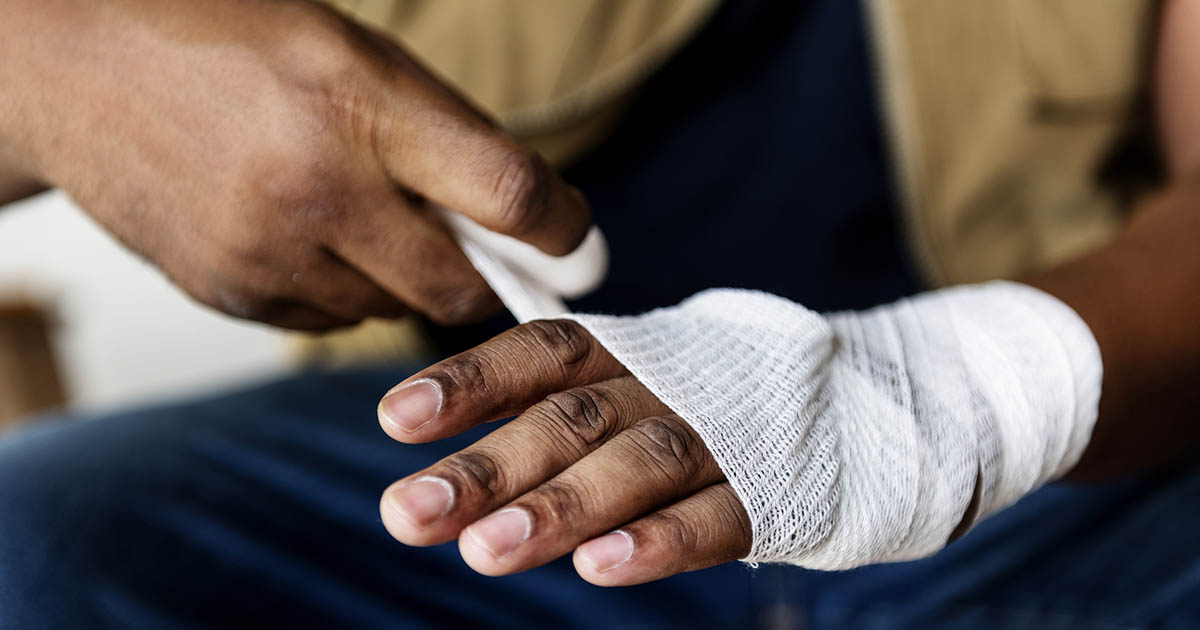Common Causes Of Macerated Skin
Macerated skin is a common condition that results from the skin being in contact with large amounts of moisture for a lengthy period. When individuals are suffering from macerated skin, they'll likely notice the skin has become wrinkly and appears to have a lighter color to it. The skin may also feel wet and soft when touched. The most common reason for this condition to develop on the skin is because individuals haven't properly cared for a wound. When the skin surrounding the wound becomes macerated, individuals will experience a small amount of discomfort and pain along with slower wound healing.
Macerated skin also increases the possibility for the skin to become infected. Since macerated skin can vary in severity, the treatment option used for this condition depends on how severe it is. If the case is mild, exposing the skin to air should be enough to get rid of the macerated effect. Treatments for more severe cases center around wearing specific dressing and bandages over the affected area. Learn about some of the other causes of macerated skin now.
Hyperhidrosis

Hyperhidrosis is a condition that can cause an individual to experience excessive amounts of sweating. While sweating is an important element of cooling the body, high amounts of sweat can lead to the development of this condition. The extra moisture created by hyperhidrosis invariably increases the likelihood the skin will become macerated. This condition is usually restricted to specific areas of the body like the soles of the feet, palms of the hands, and underarms. The most common locations for this condition are the feet. When individuals wear shoes and socks, the environment surrounding their feet will be warmer and sweatier, which can make it more difficult for the feet to dry properly. If the presence of this condition causes maceration in the feet, it's important to keep in mind severe cases of maceration can cause trench foot. Most cases of this condition begin in childhood and occur because of a family history of suffering from excessive amounts of sweating.
Continue for details on more causes of macerated skin now.
Third-Degree Burns

Third-degree burns are the most severe types of burns. The skin surrounding these burns are more susceptible to becoming macerated, which is something patients should look out for as they recover from the burn. When individuals are trying to determine how severe their burns are, it's important to understand third-degree burns occurs when the burn has gone past the outer layer of skin, known as the epidermis, as well as the lower layer of skin, referred to as the dermis. These burns will adversely affect the deeper tissues below these two layers. The result of a third-degree burn is the skin will be charred and will appear black or white. The skin will also likely be numb because of the damage done to the sensory nerves surrounding the skin. Treating these types of burns can be difficult and will take longer to complete than treatment for less severe burns, which heightens the risk of macerated skin.
Uncover more causes of macerated skin now.
